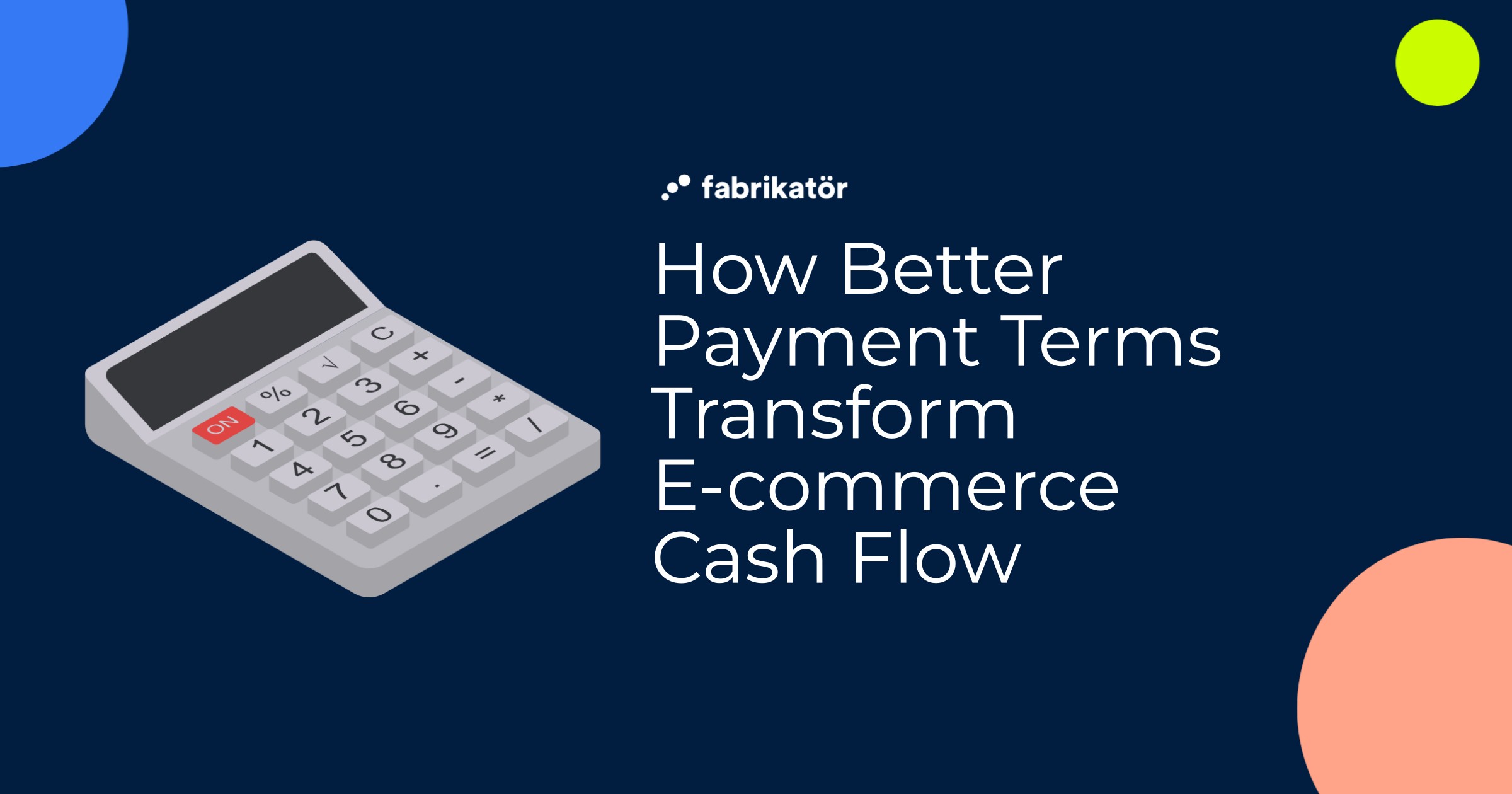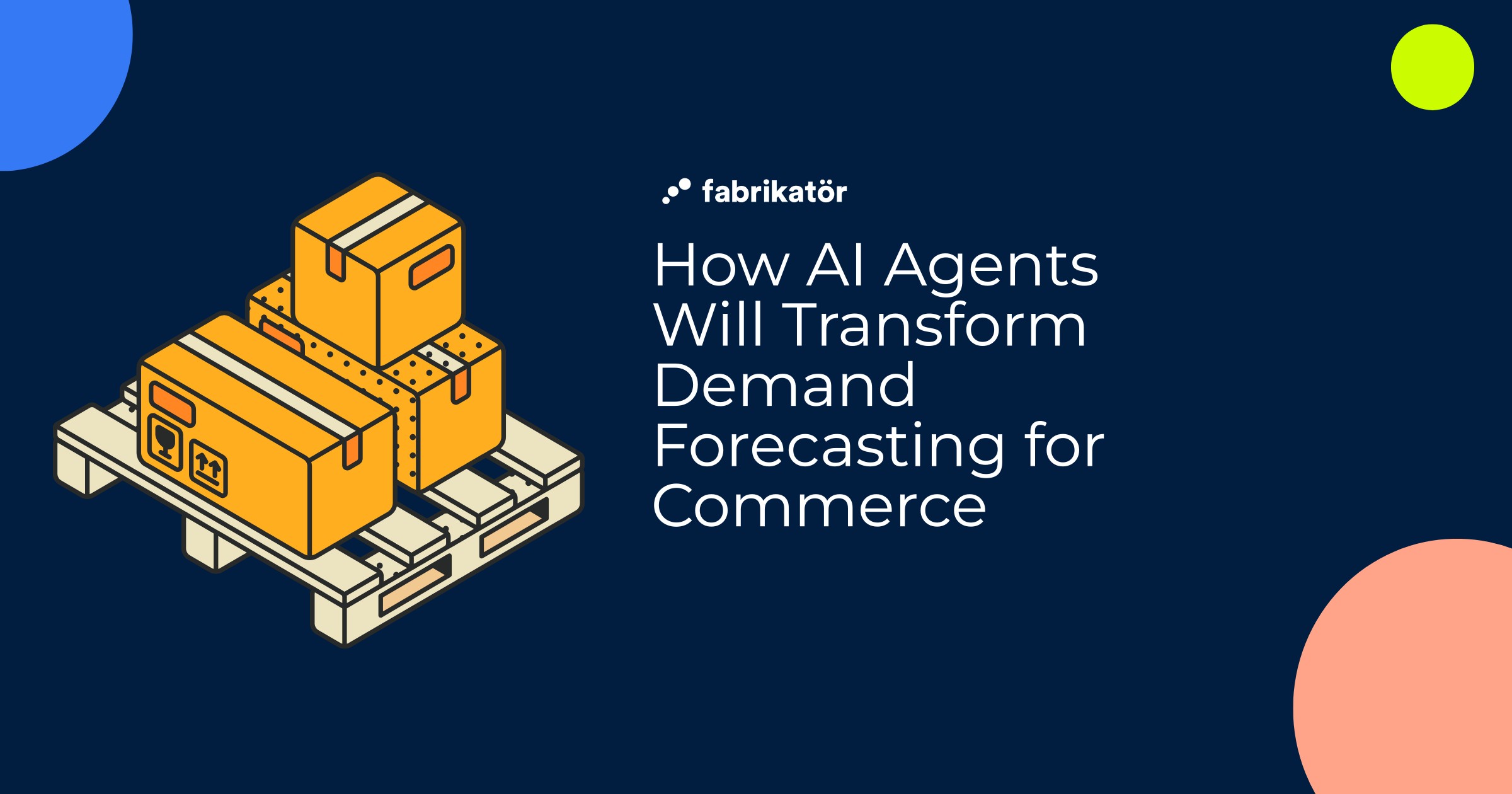Ecommerce Seasonal Demand Forecasting: A Complete Guide

As an eCommerce store owner, you're already aware that more customers are turning to online shopping every day. As the number of online shoppers continues to rise, the importance of efficiently managing inventory processes becomes increasingly apparent. In this context, seasonal demand forecasting became one of the most critical factors for maintaining a seamless inventory process. Why? Let's explore what seasonal demand forecasting is, why it matters, and how to manage it effectively. 💼📈🔍
What is Seasonal Demand Forecasting?
Seasonal demand refers to the changing consumer interest in products that have higher sales volume during specific times of the year. Factors such as weather conditions☂️, upcoming events, or holidays🎄 affect the variation in demand. As a result, businesses need to prepare for these seasonal fluctuations in order to effectively manage inventory levels and meet customer demand during peak periods. Accordingly, seasonal demand forecasting involves predicting these fluctuations in consumer interest to help businesses plan their inventory and sales strategies accordingly. For example, during rainy autumn days, the sales of items like umbrellas and raincoats are expected to increase. On the other hand, during summer days, the sales of products like sunscreen, swimsuits, and hats naturally rise. This is simply how demand forecasting works.
Why Do eCommerce Businesses Should Forecast Seasonal Demand?
To manage their stock accordingly, optimize inventory management processes, and simply earn more. As a gardener 🌱 plans for different seasons to grow their plants, eCommerce businesses should forecast seasonal demand to sell their products at the right time, ensuring they make the most sales and profits. Let’s get into detail with an example to understand the importance of forecasting seasonal demand.
👙 Consider a clothing eCommerce store that specializes in swimwear and the owner of this store is Jack. During the summer, there is a high demand for swimsuits as people head to beaches 🏖️ and pools for vacations and leisure activities. If Jake doesn’t perform seasonal demand forecasting, he might underestimate the demand for swimsuits during the summer season. As a result, he could face out of stock, where he run out of popular sizes or styles, leading to missed sales opportunities. Conversely, if his store is overstocked on swimwear, anticipating higher demand, but fails to sell all inventory, excess inventory would cause an extra cost. Well, but what should he do to forecast demand? He can do it by analyzing his store’s past performance, planning strategic marketing efforts aligned with growth goals, and leveraging data-driven insights to make informed decisions, all of which are encompassed by functional demand forecasting. By accurately forecasting seasonal demand, Jake can optimize inventory levels, ensuring they have sufficient stock to meet customer demand without excess inventory or out of stock, increasing their revenue during peak seasons. 💁 Jack should forecast seasonal demand, cause it's definitely for his benefit.
📦 Inventory Management
Forecasting seasonal demand allows Jack to manage his inventory more efficiently. He can prioritize stocking up on swimsuits and other summer-related products during the off-season when prices may be lower, reducing costs and maximizing profits.
😍 Customer Satisfaction
By accurately forecasting seasonal demand, Jack can ensure that he always has the products his customers want when they want them. This leads to higher customer satisfaction and loyalty, as customers know they can rely on Jack's store for their summer essentials.
📈 Planning
If Jake forecasts seasonal demand, he can order the products with potentially high demand like swimsuits from suppliers before the summer season, not when his store is out of stock. This gives him the power to negotiate with suppliers for better deals, discounts, etc.
🎯 Marketing Campaigns
By forecasting seasonal demand, Jack can plan his marketing campaigns well in advance. He can create targeted advertisements and promotions specifically tailored to the summer season, increasing customer engagement and sales.
In summary, forecasting seasonal demand is crucial for Jack's eCommerce business as it helps him optimize inventory, plan marketing campaigns, and ultimately increase sales and profits during peak seasons. 🚀 Yes, we all see how crucial seasonal demand forecasting is for eCommerce, but how do eCommerce stores determine which products are suitable for seasonal demand forecasting?
Suitable Products for Seasonal Demand Forecasting

For seasonal demand forecasting, eCommerce stores should focus on their seasonal inventory. According to Shopify, seasonal inventory refers to products that sell at higher volume during certain times of the year. Demand for these products mainly fluctuates due to weather, events, and holidays. Here is a list of products suitable for seasonal demand forecasting.
❄️ Weather Dependent Items
Products or accessories influenced by weather conditions, like winter clothing or summer outdoor gear.
🎒 Event Related Goods
Items tied to specific events or occasions, such as back-to-school supplies or wedding accessories, often exhibit seasonal patterns in demand. For instance, back-to-school supplies typically have high demand in late summer as schools reopen for the academic year. Similarly, wedding dresses and other accessories gain increased interest during warmer months.
🎁 Holiday Specific Goods
Products associated with particular holidays or celebrations, like Valentine's Day gifts or Easter 🐰 decorations. such as holiday-themed merchandise (e.g., Christmas decorations, Halloween costumes).
🛍️ Annual Campaigns like Black Friday Sales
Did you know that in 2023, Shopify merchants reached a record of $9.3 billion in sales over Black Friday & Cyber Monday (BFCM) weekend — a 24% increase compared to 2022? During events like Black Friday and Cyber Week, people shop more because of discounts. This happens in late November and covers a lot of different items like electronics, clothes, and home goods.
Let's say you decided to forecast seasonal demand. But, how can you forecast seasonal demand?
How to Forecast Seasonal Demand for eCommerce?
There are primarily 2 fundamental methods for demand forecasting: quantitative and qualitative forecasting methods.
1. Quantitative Demand Forecasting Methods
Quantitative forecasting methods, including time series analysis, regression analysis, trend projection, seasonal index, naive method, and straight-line method, use past data to predict future outcomes. Let’s go one by one with examples.
- In Time Series Analysis, we look at past sales data to predict future sales. Regression analysis helps us understand relationships between variables. ⏳
- Let's say we're trying to predict ice cream sales. Regression Analysis might show us that sales tend to increase when temperatures rise.
- Trend Projection is like looking at a graph of past sales and extending that line into the future. 📈 If ice cream sales have been going up steadily, we might expect them to keep rising.
- Seasonal Index helps adjust forecasts for seasons. For instance, we know ice cream sells more in summer, so we adjust our predictions accordingly.
- The Naive Method is like saying "Whatever happened last time will happen again." So, if ice cream sales were high last week, we might expect them to be high this week, too. 🔄
- The Straight-line Method is like drawing a straight line through our past sales data and extending it into the future. If sales have been going up steadily, we predict they'll continue to do so.
2. Qualitative Demand Forecasting Methods
Qualitative forecasting methods generally involve independent predictions derived from market changes, expert opinions on the subject, and data-independent forecasts, including your gut feeling. ✨ For example, imagine a new company entering your industry with a new product. In this case, forecasting based solely on existing data will not be enough. You can use the following methods in such situations.
- Market Research: Market research involves gathering information about customers, competitors, and market trends to understand the dynamics of a particular market.
- Informed Opinion: This method requires knowledge, expertise, or experience in a particular industry. 🧠 Experts analyze relevant information carefully to offer valuable insights or recommendations for decision-making.
- Delphi Method: The Delphi Method is a forecasting technique that gathers input from a group of experts to reach a consensus on future outcomes. 🗣️ Experts anonymously provide their forecasts through questionnaires or discussions. Feedback is collected and shared until a consensus is reached, reducing biases and uncertainties in forecasting.
📌 For more detail, you can now read Demand Forecasting in eCommerce & 5 Inventory Forecasting Benefits for Shopify Stores.
📌 Reminder: To constitute valuable forecasting data, the combined result of these methods is used rather than any single one.
Does Demand Forecasting Always Work?
Unfortunately not, because life is full of surprises! Who could have forecasted that 378.9 billion of face masks would be sold in 2020? Even though we don’t have a crystal ball 🔮 to predict unexpected global future events, we have other strategies like backorder to prepare for potential challenges.
How does backorder work?
Backorders help manage unexpected demand by letting customers order items currently out of stock. When there's a sudden rush of orders, and you don't have enough items on hand, you can still make those sales by accepting backorders. Once the products are back in stock, we can fulfill those backorders and deliver the products to customers as soon as possible. It's a way to ensure customers get what they want, even when out of stock. Using backorders has a lot of benefits for your eCommerce store, you can read Backorder Benefits for Your eCommerce Store.
📌 Fabrikatör has features like backorders that support and complement forecastings such as purchase orders, analytics, replenishment, freight planner, and more.
Is It Possible to Use Excel for Seasonal Demand Forecasting?
Yes, but not with 100% efficiency. 😔
You can use Excel for seasonal demand forecasting, but it may not be the most efficient or accurate tool for this task. While Excel offers basic forecasting capabilities, it may struggle to handle large datasets, complex forecasting models, and real-time data updates. Additionally, Excel lacks advanced statistical algorithms and automation features found in dedicated inventory management tools, which can limit its effectiveness for sophisticated demand forecasting tasks.
Excel is not the ideal solution for demand forecasting, and also not suitable for managing your inventory, especially if you have a growing eCommerce store with a wide range of products.
📌 Learn more now: Transform Your Inventory eCommerce Management & Excel Limitations in Inventory Management.
Well, for your eCommerce store, how can you make the most accurate and comprehensive seasonal demand forecasting while considering all these aspects? 🤔 With an inventory management tool that effectively performs demand forecasting!
Fabrikatör for Accurate Seasonal Demand Forecasting
When it’s forecasting, Fabrikatör bridges the gap between demand and supply planning with data-driven insights, helping you make informed purchasing decisions. You can see real-time inventory, reduce out-of-stock and overstock, and plan reorders effortlessly at the perfect time. Ultimately, Fabrikatör aims to improve margins by optimizing inventory management.💰
-p-800%252520kopyas%2525C4%2525B1.webp)
With Fabrikatör’s inventory forecasting, you can:
🔹 Make informed purchasing decisions,
🔹 See real-time inventory,
🔹 Reduce out of stock and overstock,
🔹Plan reorders at a perfect time with ease,
🔹 Improve margins and more.
In addition to its countless benefits, Fabrikatör is highly praised with a 5/5 rating on the Shopify app store. Give Fabrikatör a try and book a demo for delving into every detail together!










